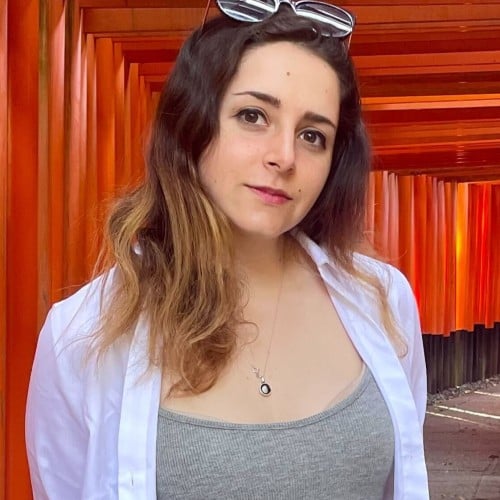
A project is reducing waste by turning oyster shells into cement
Green Island Cement is working with two hotels in Hong Kong to collect oyster shells, which contain a key mineral for making cement
 After diners finish eating the oyster meat, the shells are upcycled into cement. Photo: Jonathan Wong
After diners finish eating the oyster meat, the shells are upcycled into cement. Photo: Jonathan WongEvery week, Talking Points gives you a worksheet to practise your reading comprehension with exercises about the story we’ve written.
Green Island Cement is turning oyster shells into cement for buildings in Hong Kong. Oyster shells are 91 per cent limestone, which is a key ingredient in cement. Mining limestone usually produces a lot of carbon dioxide; this is harmful to the environment.
The oyster upcycling project aims to reduce the waste heading to landfills and make cement that is more eco-friendly.
The problem with oysters
In 2023, Hong Kong imported more than 3,300 tonnes of oysters.
But current food-waste recycling machines in the city cannot process the shells. This means that oyster shells can only be sent to landfills. Food waste is a major part of the city’s solid waste, which created 7 per cent of Hong Kong’s greenhouse gas emissions in 2020.
Green Island Cement first considered using oyster shells to make cement around 20 years ago, but it was too much work to clean every shell.
But recently, Great Eagle Holdings realised its hotels’ restaurants could donate oyster shells since they were already cleaned by chefs.
After the shells are collected, they are crushed and mixed with the other ingredients to make cement.
Two Hong Kong hotels joined the upcycling project: Eaton HK and The Langham. They have saved eight tonnes of shells since the programme began in March 2023.
Raymond Cheung Wai-man is Green Island Cement’s division manager of operations and environmental business. He hopes to see more hotels join the programme.
“The partnership we have already can be the vision for other future partners ... We are promoting a collaborative effort in recycling,” he said.
Sustainability in daily life
Harvey Thompson is the general manager of Eaton HK. He wants customers to learn about the hotel’s eco-friendly programmes.
“We wanted ... to make sure that all of our guests saw the oyster shells. They were participating in something maybe they didn’t realise at the time,” he explained.
For now, individuals cannot donate their own oyster shells to the project. But Thompson said that learning about the programme could inspire people to be more eco-friendly.
“You have a large group of people understanding what recycling means from something as simple as an oyster,” he said. “It’s a good first lesson to [help them] say, ‘So what else should we be doing?’”
He pointed out other ways that Eaton HK was trying to be more eco-friendly. For example, they sell or give away extra food from the buffet. They also use a machine to turn other food waste into a material that helps plants grow.
Thompson added that it was important to teach customers about how to stop creating so much waste: “Just consume what you need and produce what you need.”
Both Thompson and Cheung believe programmes like this can only succeed if they involve the next generation.
“Young people have got creative minds, and what was not possible 10 years ago is possible next year or the year after,” Thompson said.
“They have huge opportunity by just opening up their creativity and thinking about things differently in the future.”
To test your understanding of this story, download our printable worksheet or answer the questions in the quiz below.
greenhouse gas emissions 溫室氣體排放
gases released into the atmosphere that warm the Earth's temperature
landfills 堆填區
places where waste is stored below the ground
mining 採礦
the process of removing minerals from inside the ground
solid waste 都市固體廢物
waste created by homes and businesses in a city or town, including items like paper, plastic and unwanted food
